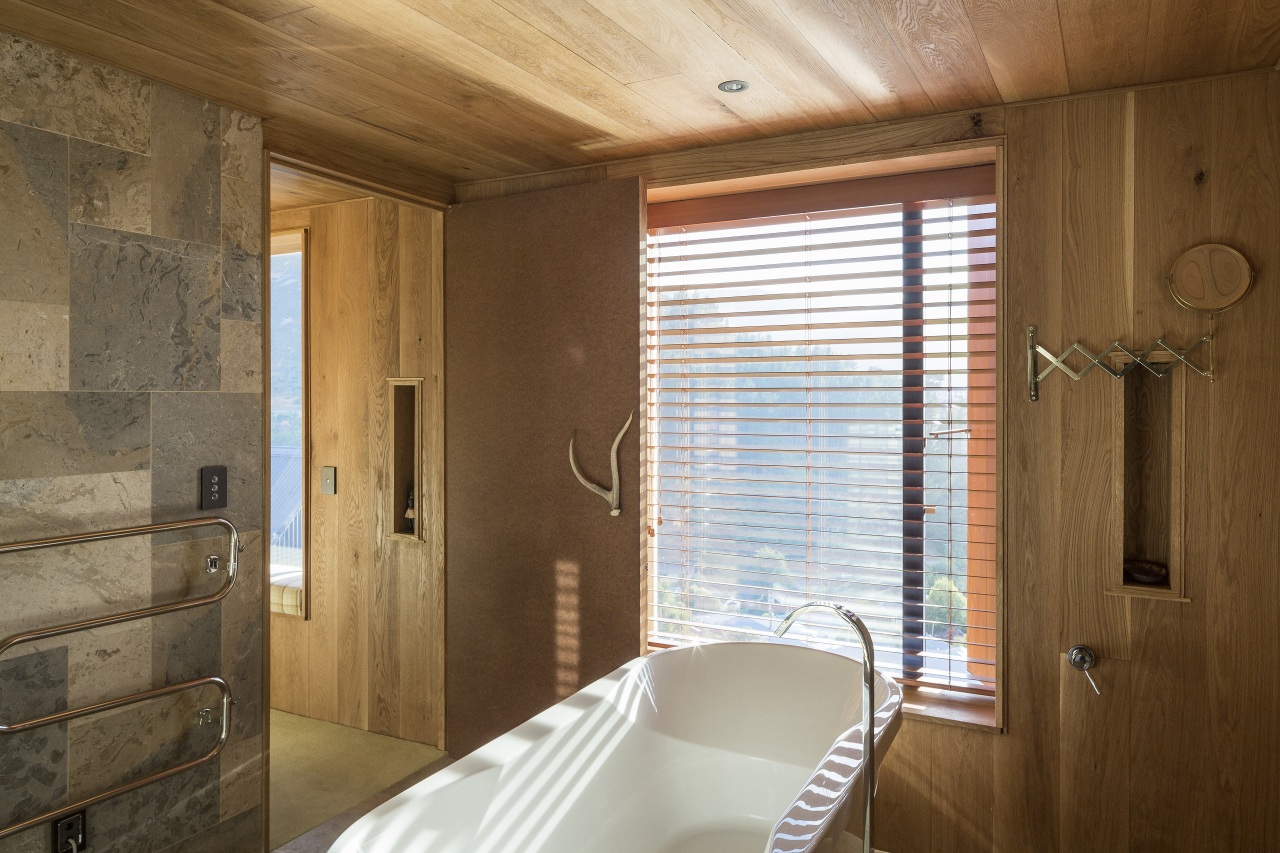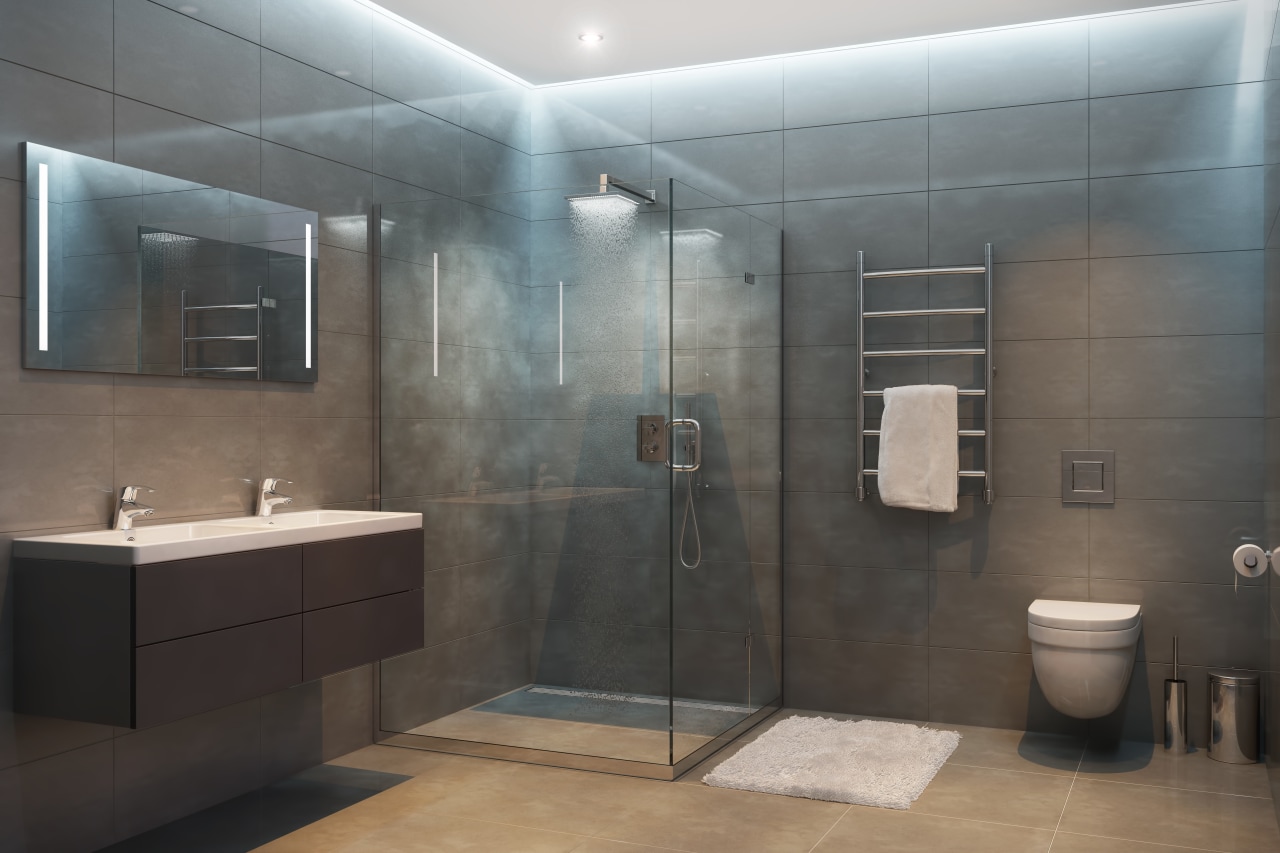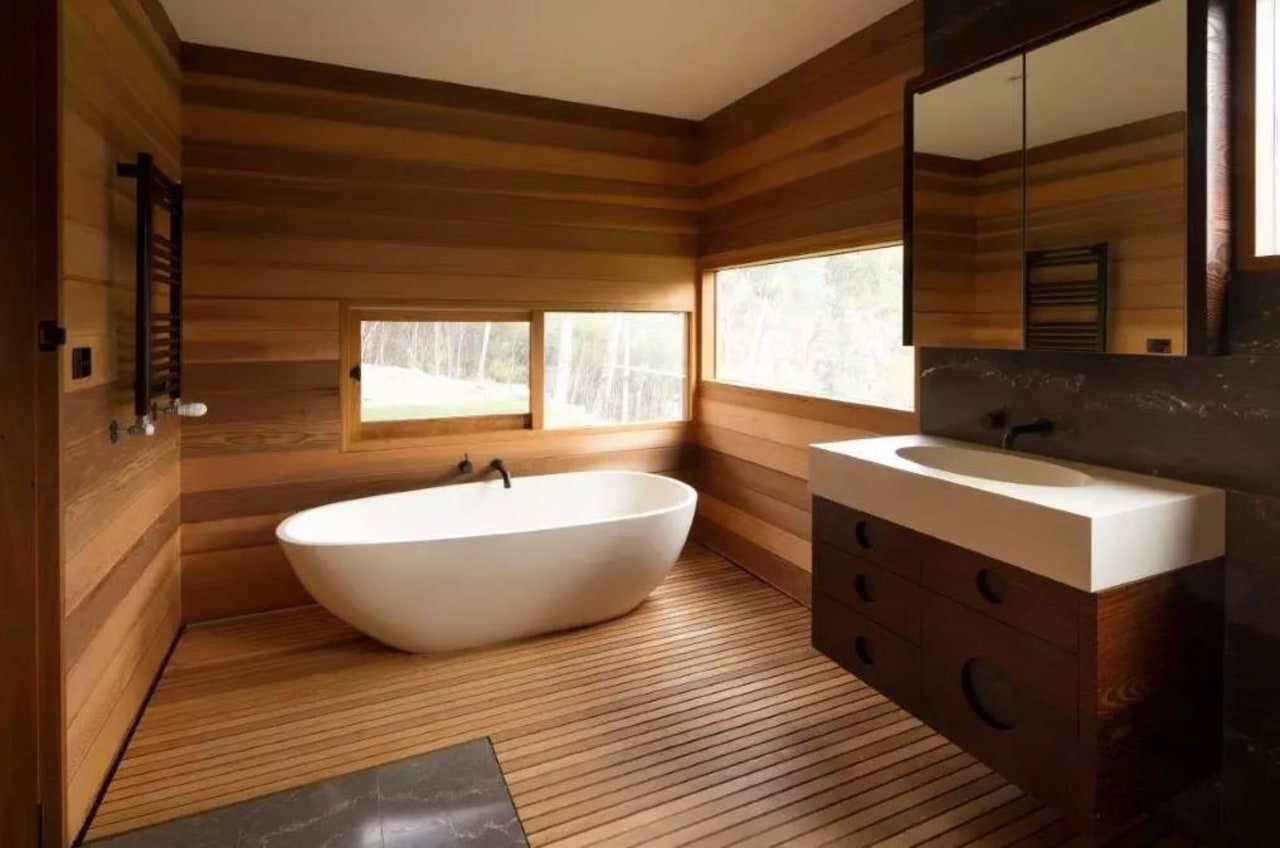Your guide to sustainable bathroom design
Beyond the obvious environmental angle, a bathroom that’s designed with sustainability in mind will be cheaper to operate and more comfortable

Recycled and reclaimed woods, ultra-efficient lights and upcycled metals: Here’s your guide to putting together a sustainable bathroom.
What it means to create a sustainable bathroom?
Understand sustainability
Sustainability means many things to many people, but in the context of home design, it closely matches up to the United Nations definition, or more specifically, the World Commission on Environment and Development definition.
The organisation defined sustainability as “development that meets the needs of the present without compromising the ability of future generations to meet their own needs”.
Pretty straightforward.
You’ll find the trend everywhere now. Home builders tout their use of recycled materials, while bathroom companies sell shower heads that give you a great shower with less water.
Make the most of recycled and upcycled materials
Reclaimed timber makes for great floors, feature walls and cabinets, while recycled glass tiles can make your bathroom look especially striking. There’s also upcycling, which means bringing materials across from an existing bathroom. By hunting around online, you may be able to find a quirky sink or faucet.
Heat the floor
Instead of blowing hot air into a room, consider efficient underfloor heating. These can either be electrical or tubes which cycle hot water under the floor. The heat then radiates up through the floor and into the room.
The result is a more uniform heat, and one that’s more comfortable as you won’t have to deal with cold floors.

Use LEDs
It’s time to ditch those old light bulbs and even compact fluorescent bulbs – LEDs are the best lighting option for your bathroom (and your home).
According to Consumer Reports, an LED bulb can last anywhere from 20,000 to 50,000 hours. That’s up to five times longer than comparable light bulbs.
Introduce an intelligent toilet
Ah, the venerable toilet. Apart from the single or double flush button, it’s gone largely unchanged for decades … Or has it? New smart toilets on the market come with a number of useful sustainable features. Certain models allow you to set the water level, while others have smart water conservation systems.

Bid farewell to the bathtub
Bathtubs are relaxing in addition to a near necessity with kids, but they’re also a significant waste of water. If you can, ditch the tub. Did you know a full bath takes around 260 litres of water, whereas a 5 minute shower will only take around 50-60 litres?
Use a water-saving shower head
Exciting advances in the world of shower technology mean you can now get shower heads that save water while delivering a largely unchanged showering experience.
One option is a non-aerating shower head, which restricts water flow and forces it through tiny holes, resulting in higher pressure. Another is an aerating shower head, which mixes air into the restricted water flow, giving the feeling that there’s more water coming out than there actually is.
Feel like you’ve a handle on the sustainable side of things but don’t know where to go with design? Hop over to the Trends Bathroom section and view some of the inspiring projects. You’ll also find more useful advice and even interviews with designers and architects.
Story by: Trends
Home kitchen bathroom commercial design
Classic looks, contemporary efficiency
Personality plus
Diving into nature

